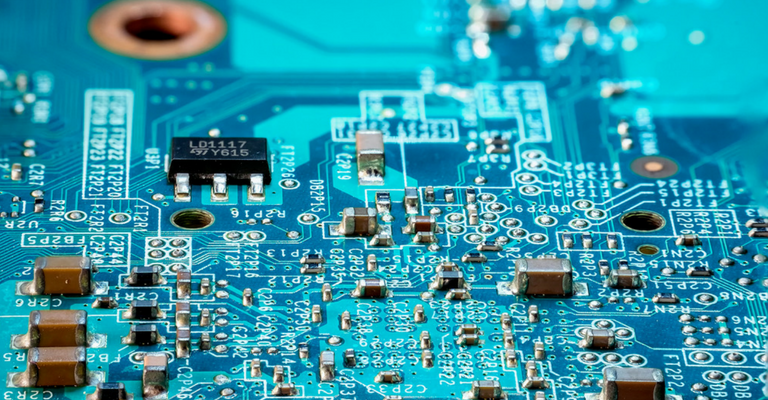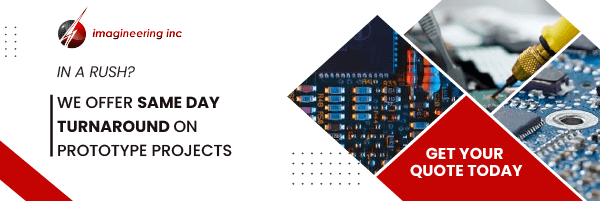Ever since wireless devices entered people’s lives, the words “signal integrity” or SI became part of the lexicon. However, it’s not only electronic consumer goods that use SI; radio waves and microwaves are used in other applications also, such as printed circuit boards (PCB). Therefore, it won’t come as a surprise that signal strength is high in the list of priorities, for those who are involved in manufacturing PCBs. There are three primary concerns when considering SI; they are:
- Length
- Speed
- Frequency
PCB Assembly: Length
In the world of PCB signal issues, length refers to the transmission medium. Put simply, the strength of the transmission is directly proportional to the length of the transmission medium. This means that, the longer the signal must travel, the weaker the signal becomes.
PCB Assembly: Speed
Signal speed is just that; the speed at which the signal is traveling. In higher-quality PCBs signal speeds can reach up to 16.3 cm/nanosecond. Speed can also be affected by the length of the medium as well as frequency. Other factors that can affect the speed are crosstalk, ground bounce, reflections, and ringing.
PCB Assembly: Frequency
One of the biggest influences on the overall behavior of a signal is, hands down, the frequency it is being transmitted at. Ideally, signals experience fewer problems at lower frequencies. The tradeoff is that when signal speeds increase the frequency will also become higher. The way around this problem is by considering transmission line effects on the PCB design. In other words, this must be done from the ground up, keeping in mind input and output signaling of the board design.
Things to Consider
PCB manufacturers need to consider several things to deal with problems that affect speed, length as well as frequencies, at the design stage. The following is some of the main questions that come to mind.
- How high will the frequency potentially reach?
- What kind of speeds is the client looking for?
- Are sensitive signals present and will it require a strip line?
- Can microstrips substitute strip lines?
- Will blind or buried vias be needed?
- If different supply voltages are used, will each one need their own power plane?
- What type of interconnection will be needed?
- What are the sink specifications and minimum distances of each layer?
- Have minimum widths, heights and separations been considered?
High-Frequency PCBs
As electronic devices are increasing in operating speed, there is a need for high-frequency (HF) PCBs. This is especially true regarding the communication industry. Usually, HF starts at 1GHZ and most PCBs made for HF use are made of Teflon. However, Teflon is the costliest material; therefore, most PCBs for HF only need to be made with FR4 material. When FR4 is used, there needs to be an appropriate layer build up.
Why Go with Imagineering?
High-level expertise coupled with flexible solutions make Imagineering a go-to company for those who need high-quality PCBs for their industry. We believe in doing things according to the “Per Your Spec” philosophy and make each one of our PCBs to meet or exceed Class 2 IPC-A-600 F standards.


